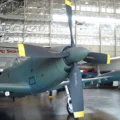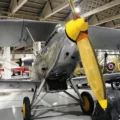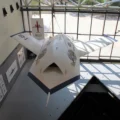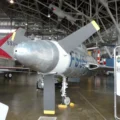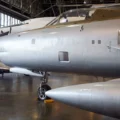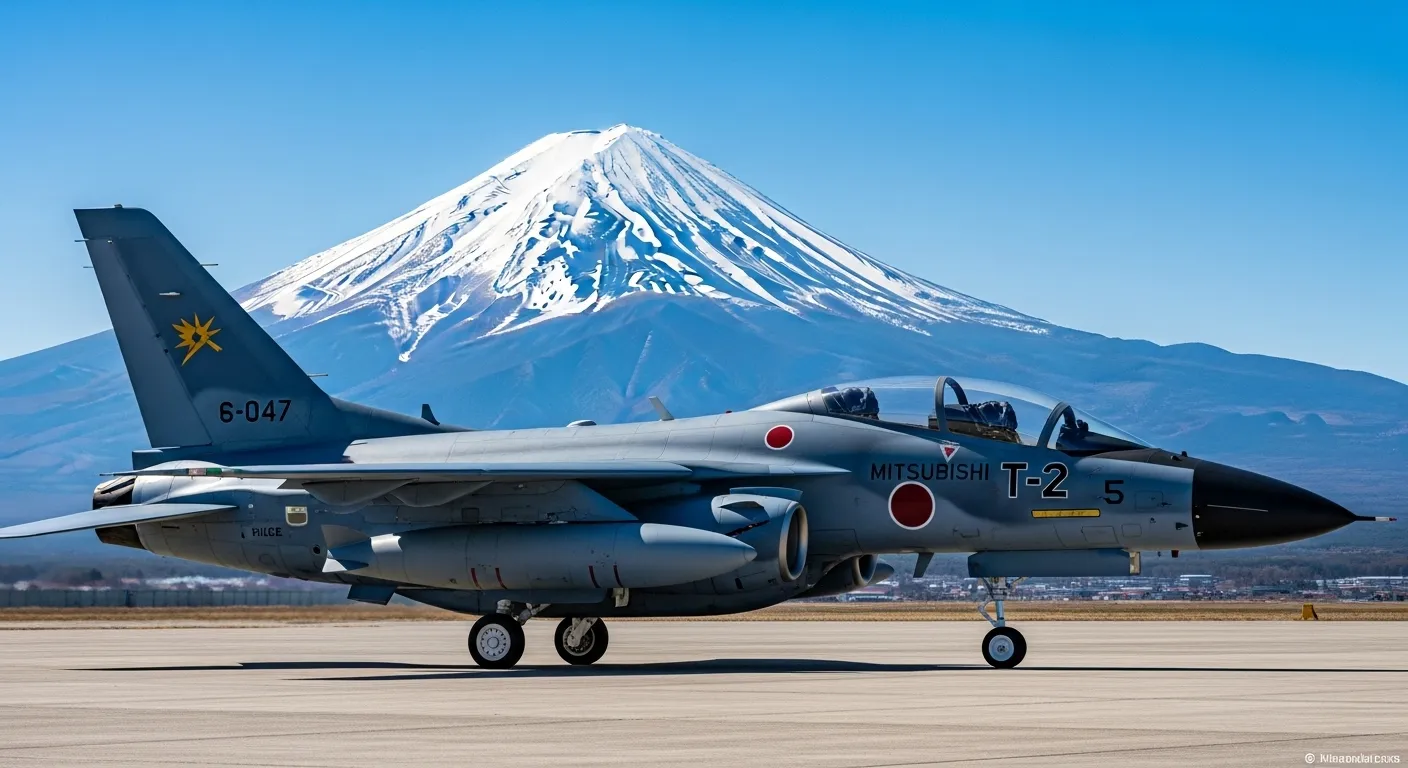
Mitsubishi T-2 | |
|---|---|
| 国家 | 日本 |
| 作用 | Supersonic jet trainer |
| 首次飞行 | 20 July 1971 |
| 建立 | 96 |
这 Mitsubishi T-2 was a supersonic jet trainer aircraft used by the Japan Air Self-Defense Force. Introduced in 1975, it was the first Japanese-designed aircraft to break the sound barrier. It was the basis of the Mitsubishi F-1 strike fighter. All T-2s were retired by 2006.
源: Mitsubishi T-2 on Wikipedia
| Mitsubishi T-2 Walk Around | |
|---|---|
| Photographer | Meindert de Vreeze |
| Localisation | Unknow |
| Photos | 34 |
另请参阅:
The Mitsubishi T-2 was a significant aircraft in Japanese aviation history, serving as a **supersonic jet trainer** for the Japan Air Self-Defense Force (JASDF). Introduced in 1975, it held the distinction of being the **first Japanese-designed aircraft to break the sound barrier**.
Here’s a detailed description:
Development and Purpose
- Indigenous Design: In the late 1960s, with the JASDF acquiring modern supersonic fighters, there was a clear need for a supersonic trainer to prepare pilots for these advanced aircraft. Japan opted for an indigenous design rather than acquiring foreign models.
- T-X Program: The T-2 emerged from the “T-X” program, aimed at developing a tandem-seat supersonic jet trainer. Mitsubishi’s design was selected in 1967.
- Basis for F-1: Crucially, the T-2 was designed from the outset with the potential to be adapted into a single-seat strike fighter. This led directly to the development of the **Mitsubishi F-1**, which shared much of the T-2’s airframe and systems.
Key Features and Design
- Supersonic Performance: Powered by two license-built Ishikawa-Harima TF40-801A afterburning turbofan engines (derived from the Rolls-Royce Turbomeca Adour), the T-2 could achieve speeds of up to **Mach 1.6** at altitude.
- Aerodynamic Configuration:
- Wings: It featured high-mounted wings with a leading-edge sweep of 42.5 degrees and a noticeable 9-degree anhedral (downward angle). The wings incorporated leading-edge root extensions (LERXs) and full-span leading-edge slats, along with a “dogtooth” discontinuity on the outer edge.
- Tail: The tail assembly was conventional, with all-moving slab tailplanes that had a 15-degree anhedral to keep them clear of the engine exhaust. It also had fixed ventral fins under each exhaust and hydraulically operated airbrakes.
- Intakes: The engine intakes had fixed rectangular geometry with fuselage splitter plates and auxiliary inlets for increased airflow at low speeds.
- Cockpit: The T-2 featured a **tandem-seat cockpit**, with the student in the front and the instructor in the slightly raised rear seat for better forward visibility.
- Landing Gear: It had tricycle landing gear with single wheels, with the nose gear retracting backward and the main gear forward into the fuselage. The nose gear was slightly offset to accommodate the internal cannon.
- 建设: The aircraft was primarily constructed from aircraft aluminum alloys, with selective use of titanium.
- Armament (T-2(K) variant): While primarily a trainer, the armed T-2(K) variant was equipped with a **20mm JM61A1 cannon** (a license-built M61 Vulcan) mounted under the cockpit. It also had hardpoints under the wings and a centerline pylon for external stores, including bombs, rockets, and wingtip rails for AIM-9 Sidewinder air-to-air missiles. The unarmed version, T-2(Z), lacked the radar and heavy armament.
运营历史
- First Flight: The prototype, designated XT-2, made its maiden flight on July 20, 1971. It became the first Japanese-designed aircraft to break the sound barrier in level flight in November 1971.
- Service Entry: The T-2 entered service with the JASDF in 1975, replacing older trainers like the North American F-86 Sabre in the advanced training role.
- Blue Impulse: From 1982 to 1995, several T-2s were used by the JASDF’s aerobatic demonstration team, **Blue Impulse**.
- Retirement: All T-2s were gradually retired by 2006, replaced by the Kawasaki T-4 for basic jet training and the F-2B (a two-seat version of the F-2 fighter) for advanced combat training.
The Mitsubishi T-2 was a significant achievement for Japan’s aerospace industry, demonstrating its capability to design and produce a supersonic jet aircraft, and serving as a crucial stepping stone for the development of its own frontline fighter aircraft.
视图 : 5


